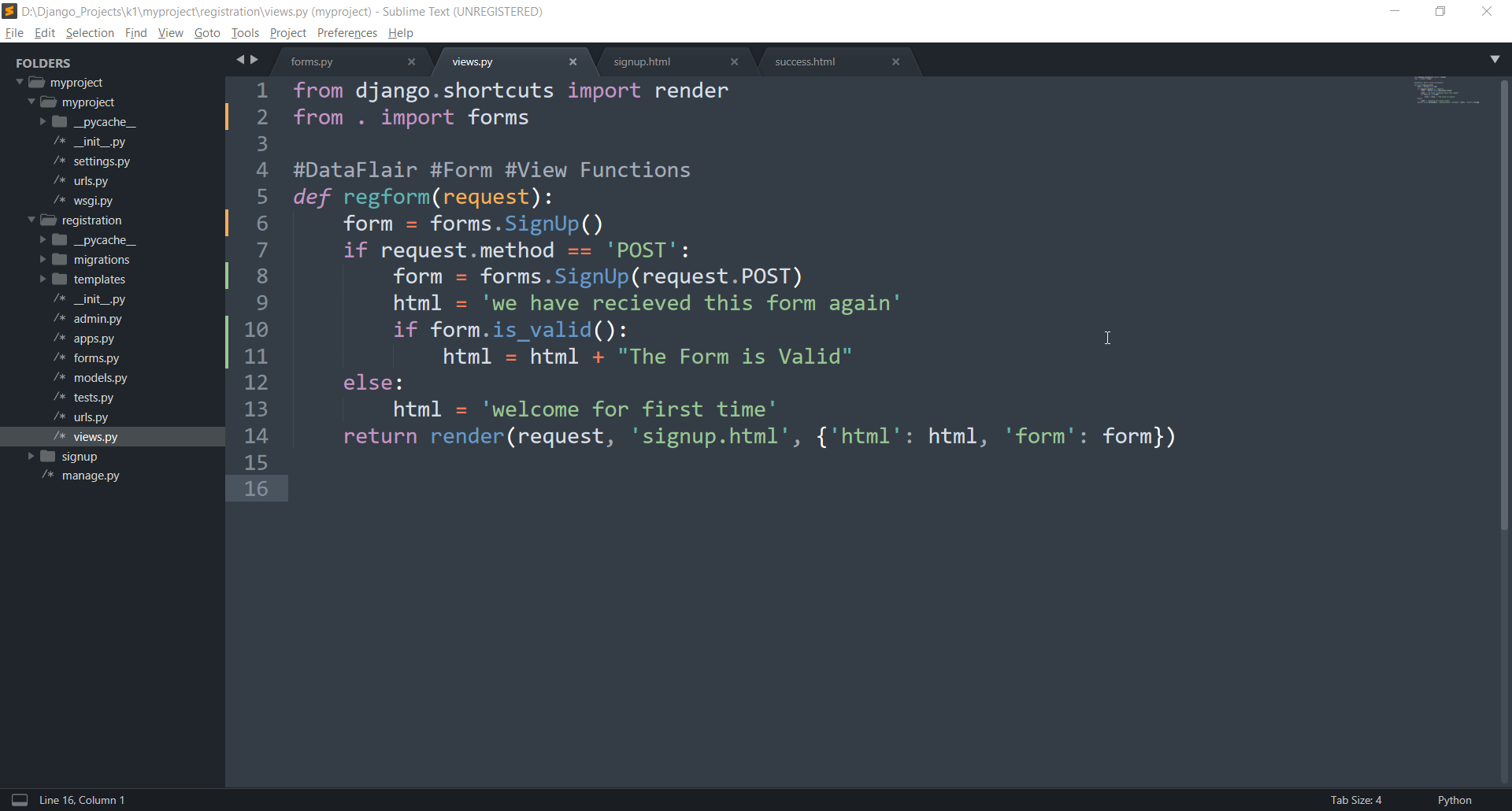
Django Forms Handling & Django Form Validation Master the Concept
The save() method of a Django model is called whenever the model is saved to the database. This method can be overridden to perform custom validation and to enforce constraints on the data.

python Django Form Validation Based on Distant Related Model Stack
If you aren't using ModelForm in some way, it is generally considered good to call object.full_clean () in a try block, catching ValidationError, before saving the object. We need to know how you are saving objects if not through a standard way such as a model form or create view. - Josh Bothun.

How to Save Form Data to Database Django Model Form Tutorial Django
Note: If you want validation only limited to the admin interface then read this article instead - Displaying Custom Validation Exception in Django Admin. If your goal is to create custom model validations that will remain constant throughout the app including the admin site then this tutorial is for you. Creating Custom Model Validation In Django
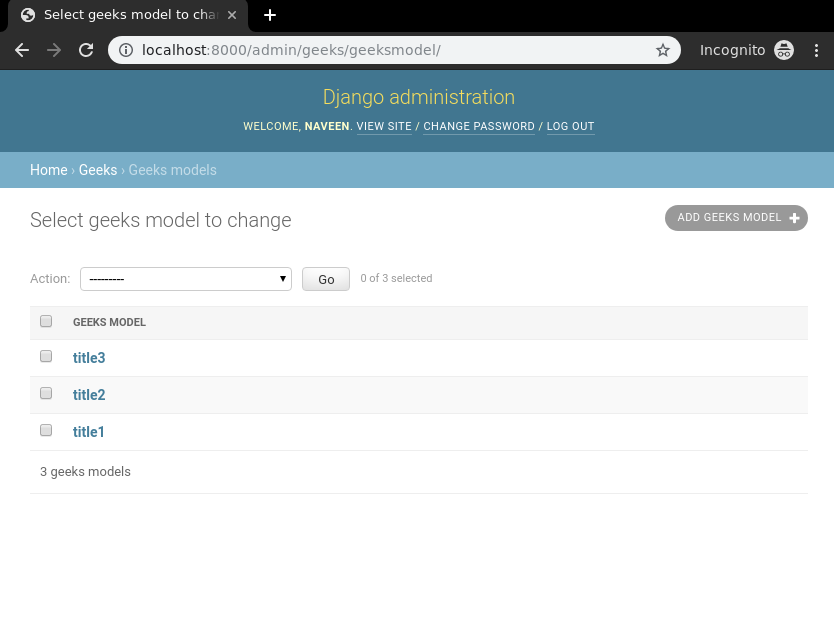
Django authlib example
Flexibility: Django allows for different save scenarios. Sometimes, you might want to skip validation or use custom logic before saving. Understanding full_clean(): It iterates through model fields, applying field-level validations (e.g., checking minimum length for a string field). It then runs any custom validation methods you've defined in.

Django Form Validation How to Validate Forms with Django (2023)
If it is at the form level, then I am using clean method but since this is being done in the backend what would be the best way to validate before save and log if validation fails? I would like to know how to validate on both - before create or update. Should I use pre_save signal or just clean_field_name or clean method?
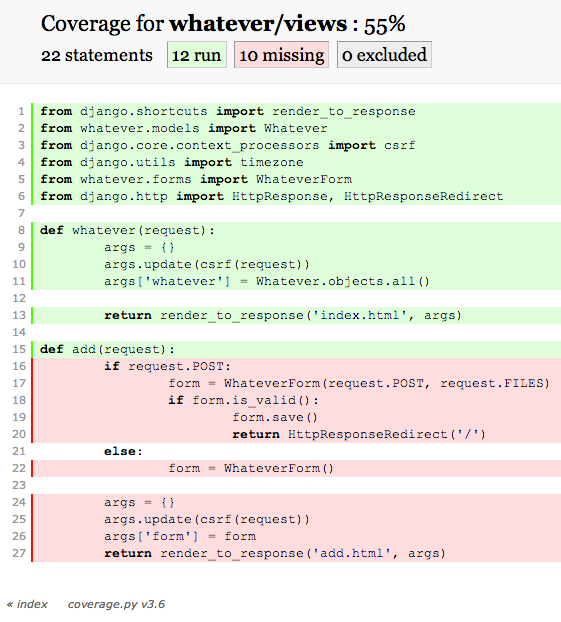
realpythonzh/testingindjangopart1bestpracticesandexamples.md
Form and field validation. ¶. Form validation happens when the data is cleaned. If you want to customize this process, there are various places to make changes, each one serving a different purpose. Three types of cleaning methods are run during form processing. These are normally executed when you call the is_valid() method on a form.

How to Save Data Input through Form Using a Django Model Form (Django
Usually instances of models (objects) are created using a ModelForm.You know the drill: The user inputs some values in the form, hits submit and sends a POST request with the data. In the view function/class, we do a model validation using form.is_valid() and then save the object in the database. This gives a basic level of validation for the model fields.
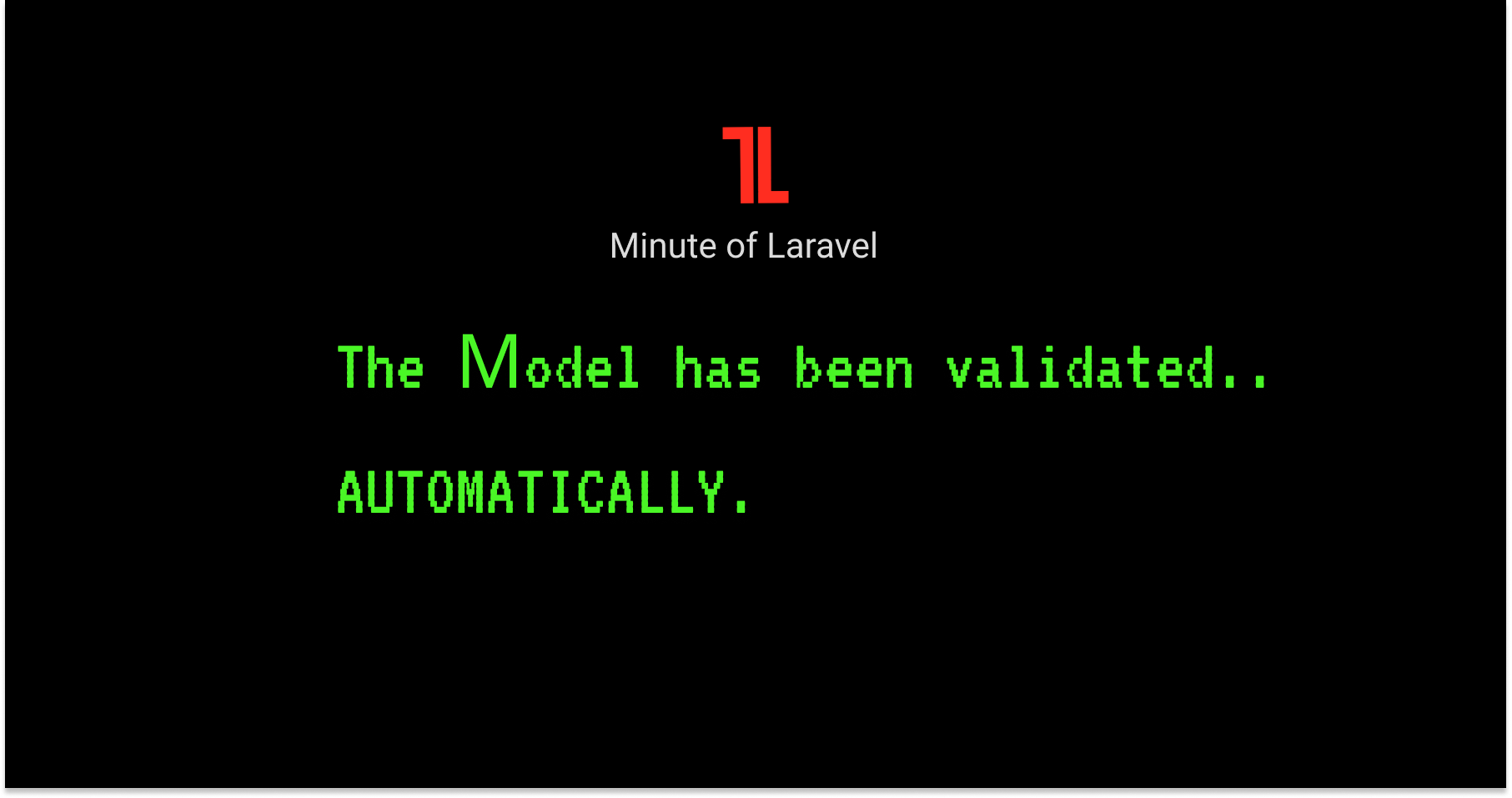
Laravel How to selfvalidate model before save? Minute of Laravel
from django.db.models import Model. # Create your models here. class GeeksModel(Model): geeks_mail = models.CharField(. max_length = 200, . ) Now we will apply a custom validation so that the above field is validated for google mail IDs only. Create a function that accepts an argument called value.

Django Django custom validate_unique method works for saving new
You can add this to a model field via the field's validators argument: from django.db import models class MyModel(models.Model): even_field = models.IntegerField(validators=[validate_even]) Because values are converted to Python before validators are run, you can even use the same validator with forms: from django import forms class MyForm.

django inlinemodeladmin dan custom validation form django ediweb.dev
ModelForm ¶ class ModelForm ¶. If you're building a database-driven app, chances are you'll have forms that map closely to Django models. For instance, you might have a BlogComment model, and you want to create a form that lets people submit comments. In this case, it would be redundant to define the field types in your form, because you've already defined the fields in your model.

Django Model validation on update in django YouTube
See #2750 (ManyToManyField ignores 'default' option) - Django. Side note: SO is worthless to dangerous when it comes to Django-related information. It's certainly not authoritative. There is nothing that I would trust from it without independent validation and verification. Use it as a starting point to kickstart research, sure.

Django change a form value before validation in Django form YouTube
I'm planning to before saving the model, to check the most obvious cause of problems (one that would reach the ExclusionConstrain) before hand and handling it myself, rather than waiting for the database to return.. The view calling Model.save() is a straightforward: if bins_formset.is_valid(): bins = bins_formset.save(commit=False) for.

Django Tutorial for beginners [step by step] part 1 Creating Django
To create a new instance of a model, instantiate it like any other Python class: class Model ( **kwargs) ¶. The keyword arguments are the names of the fields you've defined on your model. Note that instantiating a model in no way touches your database; for that, you need to save(). Note.

Django Admin models validation using forms
Field types¶. Each field in your model should be an instance of the appropriate Field class. Django uses the field class types to determine a few things: The column type, which tells the database what kind of data to store (e.g. INTEGER, VARCHAR, TEXT). The default HTML widget to use when rendering a form field (e.g. ,
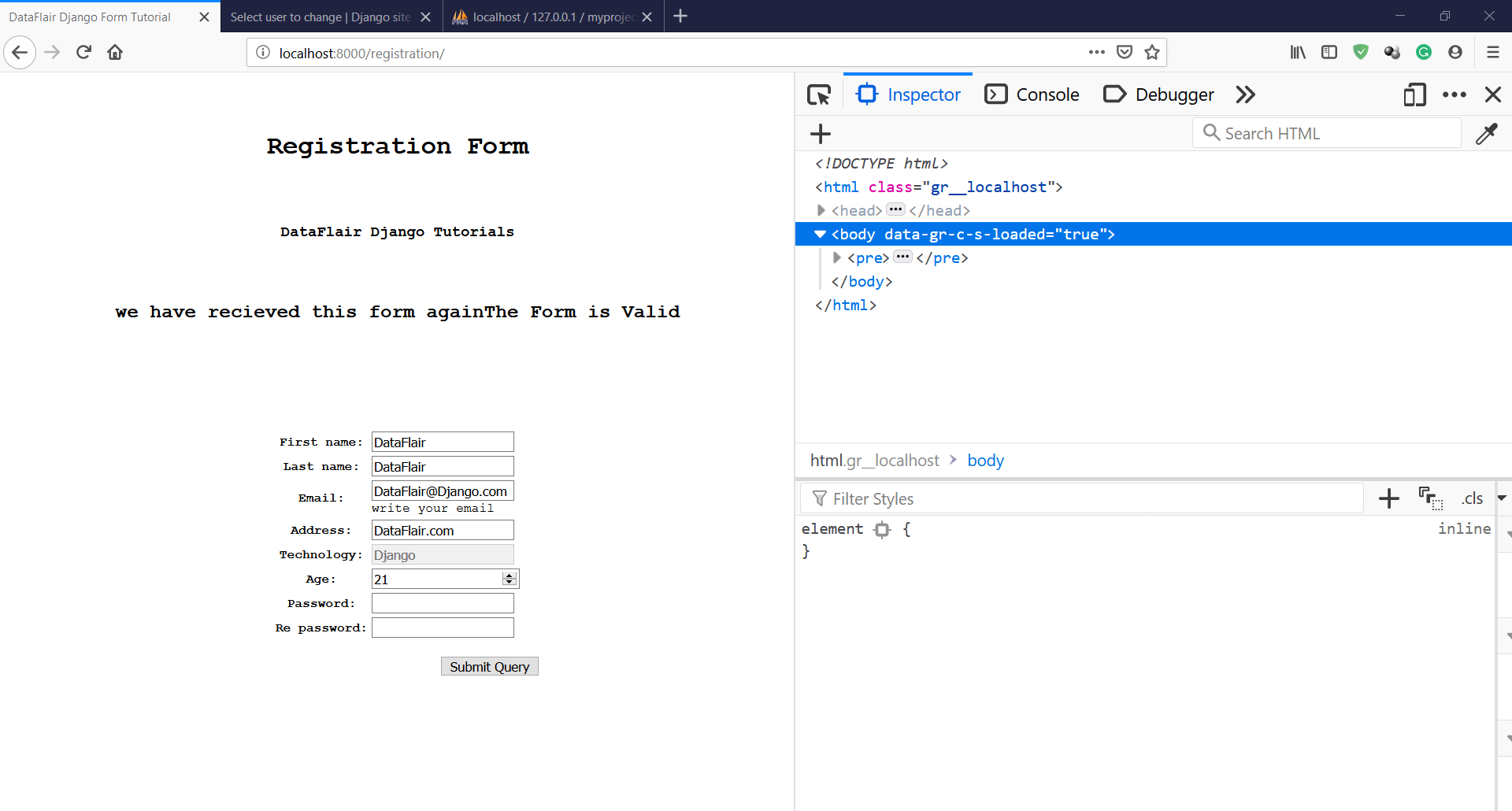
Django Forms Handling & Django Form Validation Master the Concept
The Django ORM ensures that whenever an object of a database model is created or updated either via the admin interface or somewhere in the code, the save () method is called. This means that if one wants to perform any action that needs to run before or after saving an entry in the database, this can be achieved by overriding the save method.

Python Django Cheat Sheet Pdf
A model that allows for violation of its own rules is absurd, but that is Django's default behavior. To validate a model one must run the full_clean() method. To solve this horrible behavior, we at CloudTruth implemented an abstract model base that ensures the model is validated on every save: class SelfValidatingModel(Model): """.
- A Desaparecido Ajustes De Amazbit
- Escaleras Adornadas Con Plantas
- 2024 Ford Expedition Xlt 4wd Suv
- Hora En Tanzania Y Temperatura
- Toyota Corolla 2020 Touring Sports
- Les Abeilles Mangent Le Miel
- Actuacion Ultima De Hugo En Got Talent 2019
- Embargos A Lo Bestia Muebles
- Coin Operated Timer Control Box
- 250 Watt Solar Panel Datasheet
